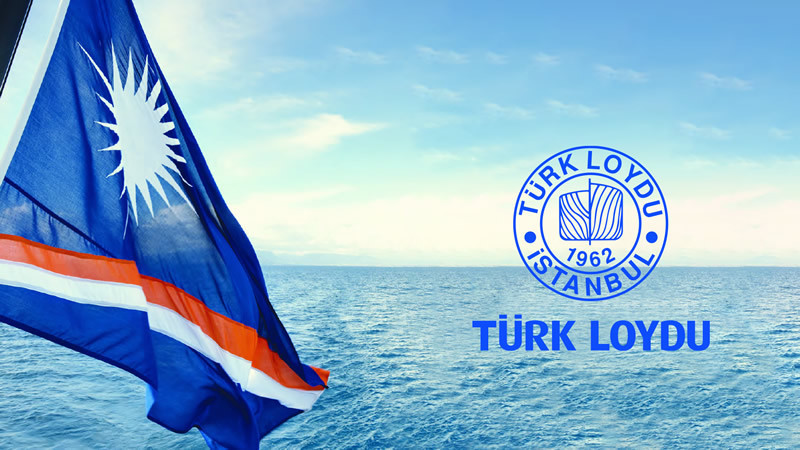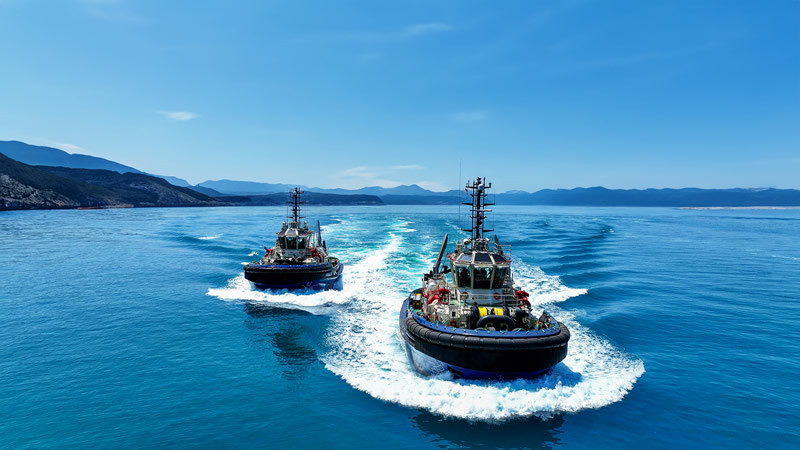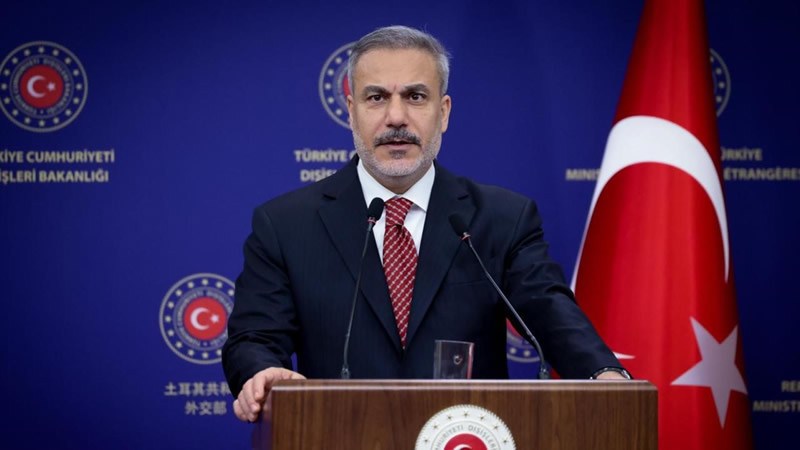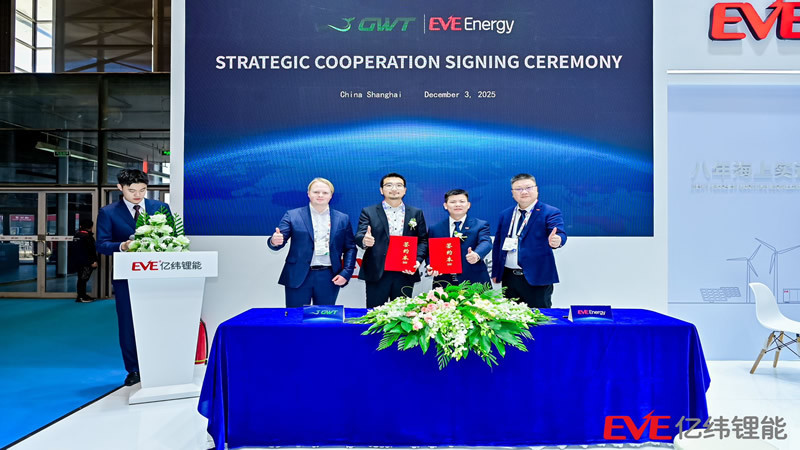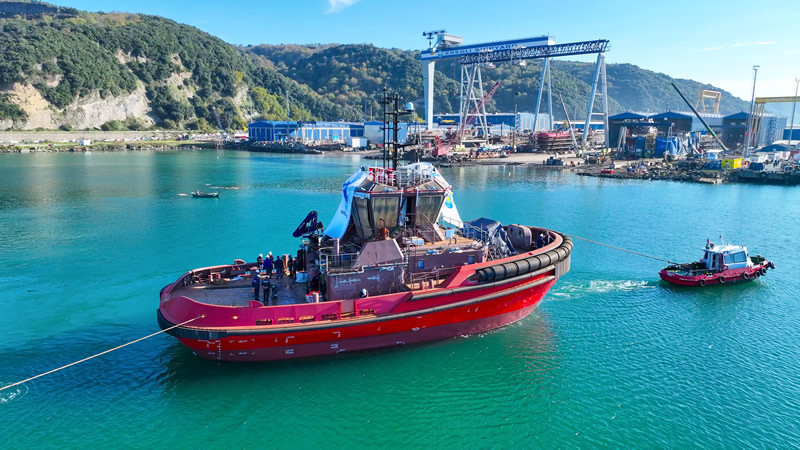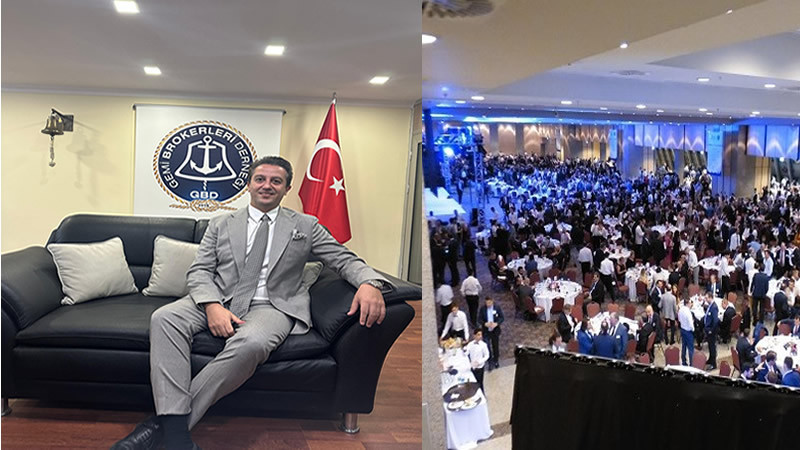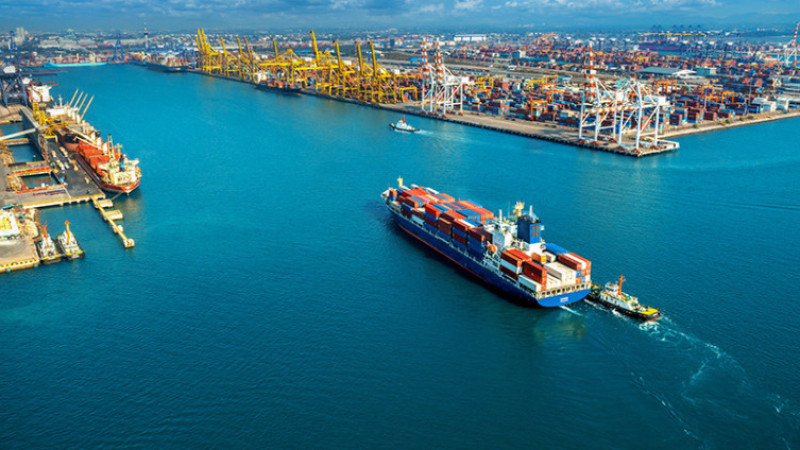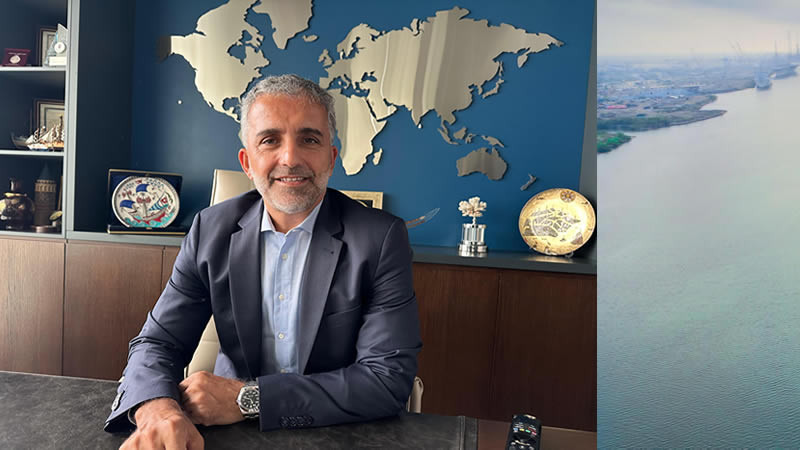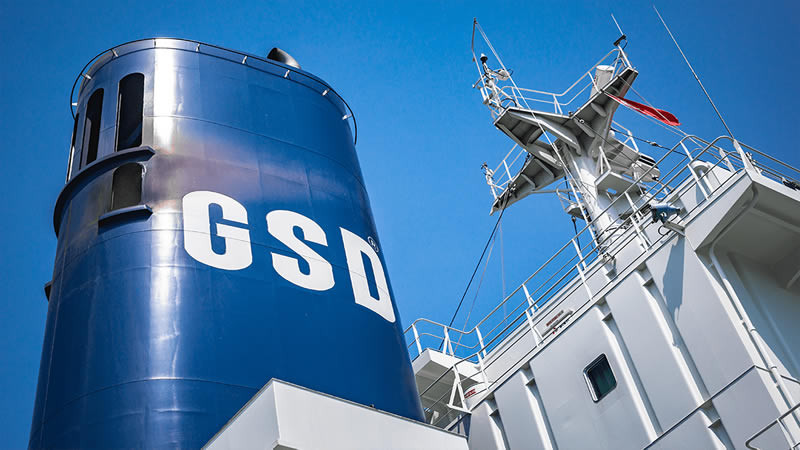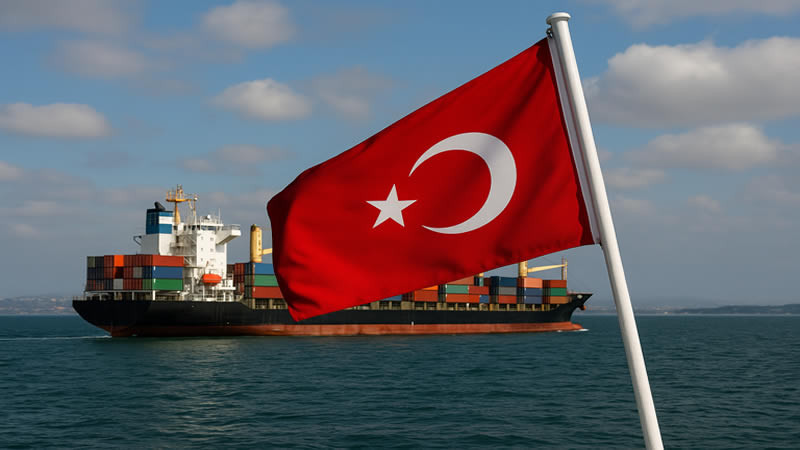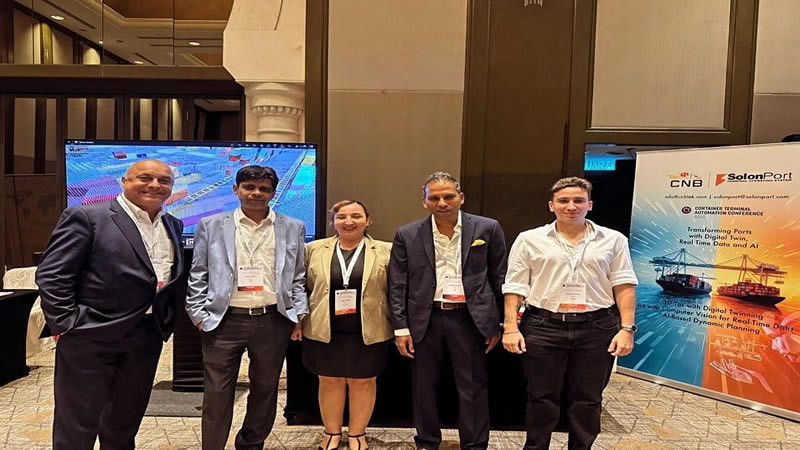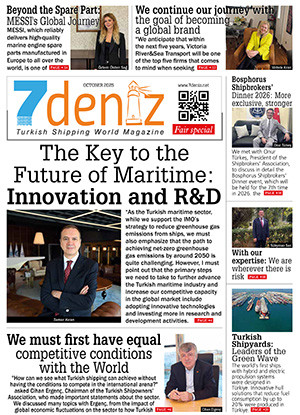The Key to the Future of Maritime: Innovation and R&D
“As the Turkish maritime sector, while we support the IMO’s strategy to reduce greenhouse gas emissions from ships, we must also emphasize that the path to achieving net-zero greenhouse gas emissions by around 2050 is quite challenging.
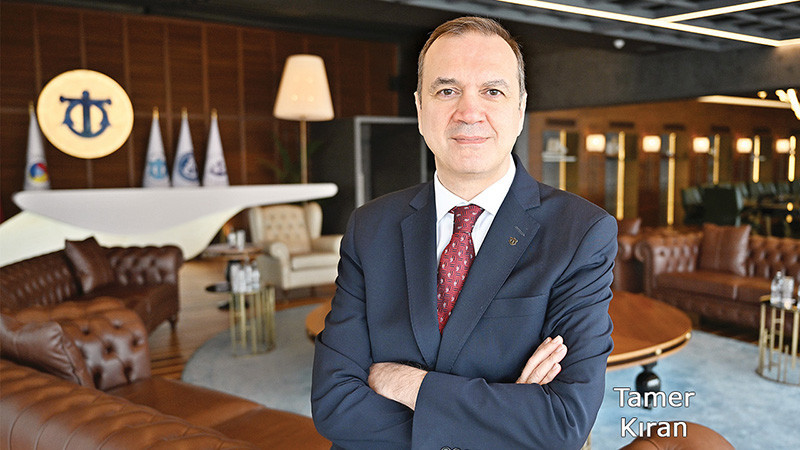
“As the Turkish maritime sector, while we support the IMO’s strategy to reduce greenhouse gas emissions from ships, we must also emphasize that the path to achieving net-zero greenhouse gas emissions by around 2050 is quite challenging. However, I must point out that the primary steps we need to take to further advance the Turkish maritime industry and increase our competitive capacity in the global market include adopting innovative technologies and investing more in research and development activities. We spoke with Mr. Tamer Kıran, Chairman of İMEAK Chamber of Shipping, about the future of Turkish maritime, saying, “It is of great importance to increase the qualified workforce and to continue expanding training and continuous professional development programs.”
Could you first provide information about the activities of the IMEAK Chamber of Shipping?
The Istanbul and Marmara, Aegean, Mediterranean and Black Sea Regions (İMEAK) Chamber of Shipping (DTO), headquartered in Istanbul, serves as the umbrella organization for the Turkish maritime sector, operating through 9 branches and 15 representatives across Türkiye. Our Chamber, representing all components of the maritime industry, such as shipowners, shipyards, ports, shipping agencies, sea tourism and fishery, has approximately 11,000 members.
İMEAK Chamber of Shipping’s main activities include promoting the development of maritime transport, conducting research, supporting national policies to improve maritime trade, participating in the activities of international maritime organizations, and keeping its members informed of national and global developments.
Key objectives of the Chamber include addressing the common needs of the Turkish maritime sector, fostering its development, maintaining discipline, ethics, and solidarity, facilitating professional activities, setting common standards, and providing consultancy to public institutions on maritime issues. Since its establishment 43 years ago, our Chamber has played a pivotal role in shaping major decisions that have enabled the growth and development of the Turkish maritime sector.
How would you evaluate the competitive strengths of the Turkish maritime sector?
Today, approximately 88% of global trade is conducted through maritime transport, making it a strategic industry and a cornerstone of the global economy. Türkiye, with direct access to Asia, Europe, and Africa and through ocean connections to the rest of the world, holds a unique geostrategic and geoeconomic position, having hosted numerous civilizations throughout history. Around 86% of Türkiye’s foreign trade cargo is transported by sea, making the maritime sector indispensable for a country surrounded by seas on three sides.
Our maritime sector has made good use of the stability environment our country has achieved since the early 2000s, has truly embarked on remarkable and pride-worthy successes, has gained a place in the international arena, and has risen to a respected position among decision-making countries.
As we enter the year 2025, Turkish maritime transport capacity ranks 10th in the list of countries controlling the world’s largest fleets, with 52 million DWT.
With its strategic location between Asia and Europe, Türkiye continues to strengthen its role in maritime transport with steadily increasing cargo handling capacities at its ports.
As of 2025, Türkiye currently has 85 active shipyards with a maximum annual shipbuilding capacity of 4.8 million DWT. Our shipyards have specialized in mega yacht and tugboat construction and stand out in the global market for building hybrid/electric ferries, fishing vessels, and high-tech naval ships.
In recent years, projects for the defense industry have gained significant momentum. Especially, following successes in military projects, Turkish shipyards have started to receive offers from abroad and are now constructing military vessels with higher domestic contribution rates. There are approximately 162 countries in the world known to have military naval forces. Our country is currently among the 10 countries that design, build, manage project and construction control, and maintain a warship.
The yacht and boat manufacturing industry also has high added value, employs a qualified workforce, and holds significant export potential. Since 2007, especially in the segment of yachts 24 meters and above, Türkiye has shown steady growth. By 2010, Türkiye ranked third globally in terms of the number and length of delivered superyachts, and in 2023 it rose to second place, maintaining this position in 2024 with 146 projects totaling 6,410 meters.
Ports are another crucial element of the maritime sector. In this regard, Türkiye’s ports form the cornerstone of our logistics network. Turkish ports, located along the entire coastline, are of great strategic importance in terms of both freight and passenger transport. With their modern infrastructure and high service quality, they are rapidly advancing toward becoming regional logistics hubs. Last year, our ports handled approximately 532 million tons of cargo. 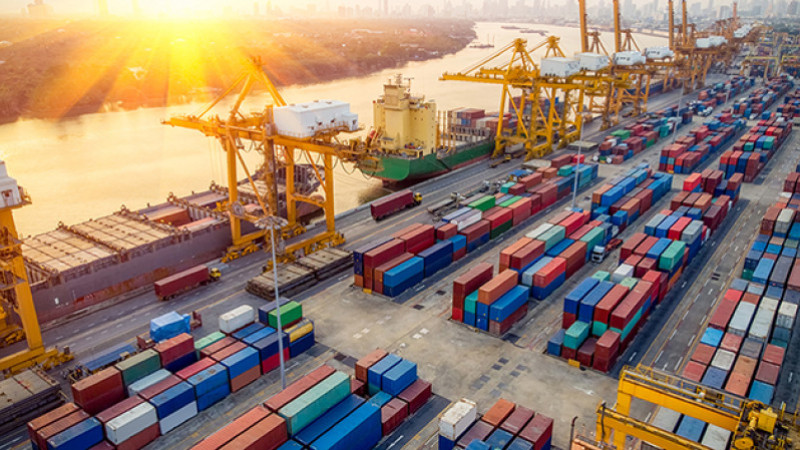
What are the impacts of global warming on the sector? What risks lie ahead?
One of the most critical issues in today’s transportation sector is the reduction of greenhouse gas emissions in the fight against climate change. The concerns about greenhouse gases and climate change are pushing the world towards stronger environmental policies. New international regulations are constantly being introduced to reduce carbon emissions and develop alternative fuels for clean energy. Naturally, these regulations also bring additional burdens. Although there is an emphasis on balancing environmental protection with economic realities, it is evident that developing countries will be more adversely affected than developed ones.
Among all modes of transportation, maritime transport has the lowest greenhouse gas emissions per ton of cargo. Road transport produces 19 times and air transport 90 times more emissions than maritime transport. Despite this, the International Maritime Organization (IMO) is working on the world's first global greenhouse gas emission pricing mechanism to charge for greenhouse gas emissions from shipping, and it is expected to be implemented by 2028. This pricing mechanism will initially generate an annual fund of $10-20 billion, aiming to both decarbonize the maritime landscape of underdeveloped and developing countries and provide support to ships using alternative fuels to offset their high fuel costs.
As part of the 2050 net-zero greenhouse gas emissions goal, transition from fossil fuels to alternative fuels has become inevitable. Globally, a major renewal process is expected, starting with around 39,000 ships over 5,000 GT and followed by more than 64,000 other commercial and service vessels transitioning to alternative fuels. According to the 2023 report by the United Nations Conference on Trade and Development (UNCTAD), annual investments of $8–28 billion will be needed for ship retrofitting and $29–90 billion annually for alternative fuel infrastructure through 2050. It is projected that only a small portion of these investments can be covered under the IMO's Net Zero Framework. Therefore, this green transition must be achieved through cooperation between governments, private sector, and national and international financial institutions.
In October, the IMO’s Marine Environment Protection Committee (MEPC) will hold an extraordinary session where the proposed IMO Net Zero Framework will be voted. This framework aims to accelerate the transition to low- or zero-emission fuels by pricing emissions from ships. However, it is expected to impose significant additional burdens on shipowners and operators. They will be required to report not only the amount of fuel consumed but also the energy content and emission factors of the fuels. This means new certifications, additional reporting, and increased costs will arise, making the process especially challenging for the Turkish maritime sector. We are closely monitoring this important meeting. 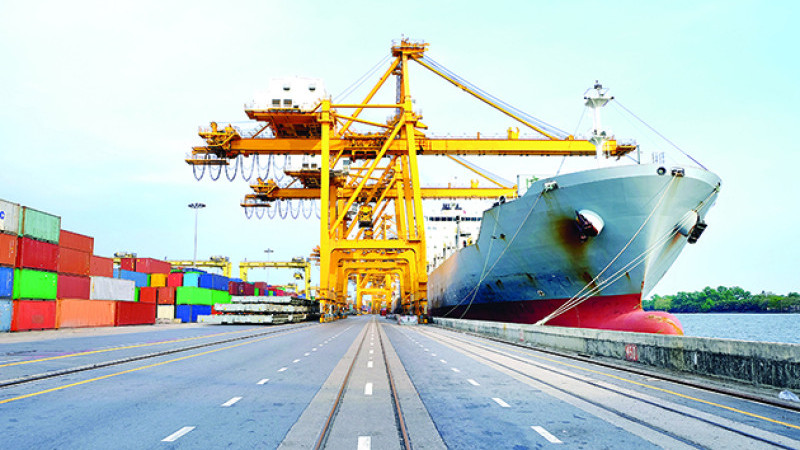
As the Turkish maritime sector, while we support the IMO’s strategy to reduce greenhouse gas emissions from ships, we must also emphasize that the path to achieving net-zero greenhouse gas emissions by around 2050 is quite challenging. However, I should state that in order to advance the Turkish maritime sector and enhance our competitiveness in the global market, adopting innovative technologies and increasing investment in research and development must be among our top priorities. Additionally, increasing the qualified workforce and further expanding continuous education and professional development programs is of great importance.
Without government support, the fleets of many countries risk disappearing from the world’s seas by 2050. Therefore, establishing mechanisms to utilize funds allocated for green transition by national and international financial institutions is crucial. In this new environment, financial incentives and support mechanisms gain importance, and subsidies and grants are clearly necessary. These supports should be directed toward investments in green technologies such as shore power infrastructure, electric/hydrogen-powered port equipment, alternative fuel facilities (LNG, methanol, hydrogen, ammonia), and retrofitting/newbuilding of ships equipped with green propulsion systems.
Tax incentives and low-interest loans should also be considered for companies investing in green maritime and port technologies, alternative fuel R&D, and sustainable operational practices. Cooperation among governments, international financial institutions, and the private sector must be encouraged. Ultimately, all stakeholders in the Turkish maritime sector must act around a common vision, with strong public–private collaboration. Through joint projects and initiatives, we can take steps to advance the Turkish maritime sector.
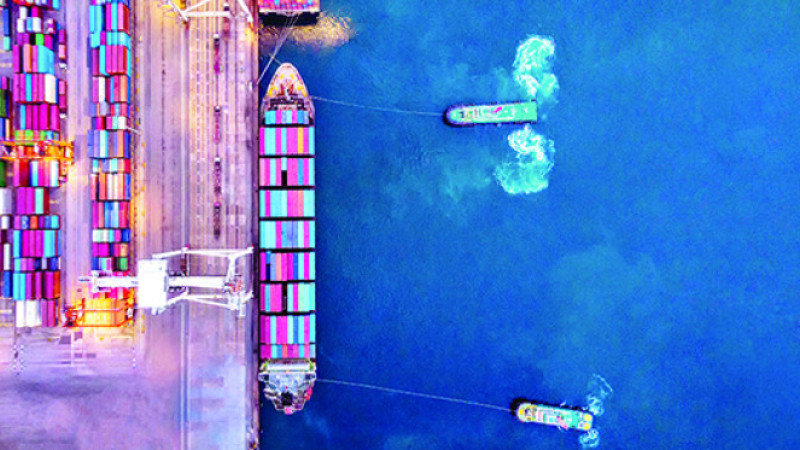
Raising a qualified workforce in the maritime sector holds critical importance for the sustainability of the sector. How do you evaluate Türkiye's progress in maritime education? What are the contributions of the Chamber of Shipping to education?
Undoubtedly, no matter how much technology, infrastructure, and regulations evolve, the human factor remains at the core of success in the maritime sector. The competitiveness of Turkish maritime depends on a well-educated workforce that can adapt to digitalization and green transition. In the near future, maritime professionals must be specialized not only in navigation and engineering but also in areas brought by new technologies. This includes staff working in ports and shipyards. The human factor will be the most critical determinant of Türkiye’s competitiveness in maritime.
If Türkiye can train a workforce compatible with digitalization and green transformation, it can play a more active role in the international fleet and become a hub in port, shipyard, and logistics industries. For all these reasons, supporting maritime education is one of our Chamber’s top priorities. Therefore, every year, we allocate a significant portion of our budget to educational activities.
As of today, there are 81 schools providing maritime education in Türkiye, with a total of 18,480 students enrolled. At the higher education level (vocational schools and faculties), 12,609 students are currently enrolled in maritime programs. Among universities offering maritime education, Piri Reis University, established in 2008 by the Turkish Maritime Education Foundation (TÜDEV) with the initiative of our Chamber, deserves special mention. The university aims to be a center of excellence in maritime studies and provides world-class maritime education in Türkiye.
Source: 7deniz Magazine


